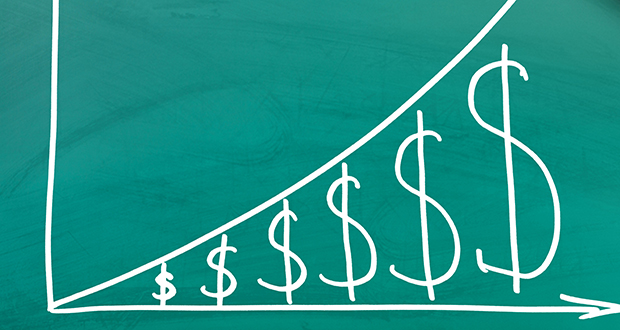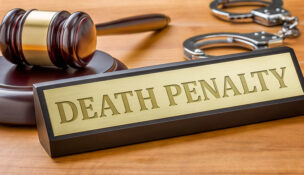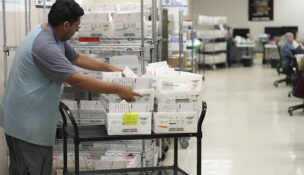Device sparks debate over what curbs drunk driving
Arizona Capitol Reports Staff//September 21, 2007//[read_meter]
Device sparks debate over what curbs drunk driving
Arizona Capitol Reports Staff//September 21, 2007//[read_meter]
Debate over the effectiveness of interlock ignition devices rages on.“From my perspective, it’s just bad policy,” said Sen. Jorge Luis Garcia, D-27. Garcia had pushed for more treatment and rehabilitation...
No tags for this post.

















